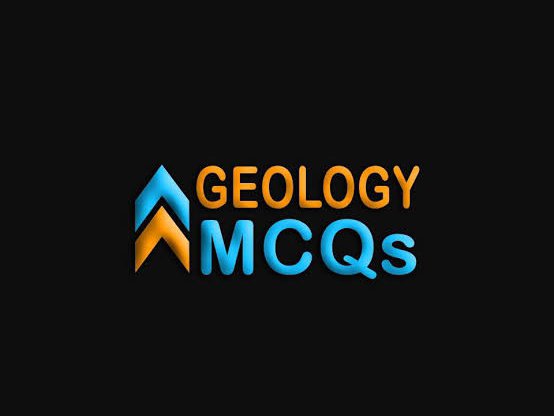
Geology is the study of the composition of the Earth’s surface and under it and the events that have shaped it. It also includes methods for determining the absolute and relative ages of rocks discovered in a certain place and describing the rock’s history. Geologists may document the geologic Earth’s history and show the age of rocks by combining these technologies. Plates’ continental drift, the long evolution of species, and the Earth’s previous temperatures are all supported by geology.
#1. If a shale is metamorphosed, the following rock types develop in this order in response to increasing temperature:
#2. Ash, cinders, and blocks are all types of
#3. Contact metamorphism would occur when
#4. Spheroidal weathering occurs when
#5. Hydrolysis, oxidation, and hydration are all examples of
#6. If a basalt is metamorphosed, the following rock types could develop in this order in response to increasing temperature:
#7. Caliche is most commonly found in which type of environments?
#8. A rock with a well-developed foliation
#9. Volcanic Bombs are
#10. Seafloor metamorphism
#11. Used in highly hazardous volcanoes to mitigate volcanic hazards via small controlled eruptions
#12. The best plate-tectonic environment for making blueschists (high pressure, lower temperature) metamorphic rocks is
#13. The word “metamorphism” literally refers to
#14. If water is the transport medium of sediment, the grain size of sedimentary deposits most closely indicates the
#15. You have discovered an outcrop of mica schist, and you know that this is a metamorphic rock. Which of the following rocks could have been metamorphosed to form this mica schist?
#16. It is unusual for ____________ to carry grains larger than sand.
#17. Laterite soils are most commonly found in which type of environments?
#18. When rocks are metamorphosed,
#19. The breakdown of exposed rock into small fragments and dissolved ions is termed
#20. Frost wedging, root wedging, and salt wedging are all examples of




